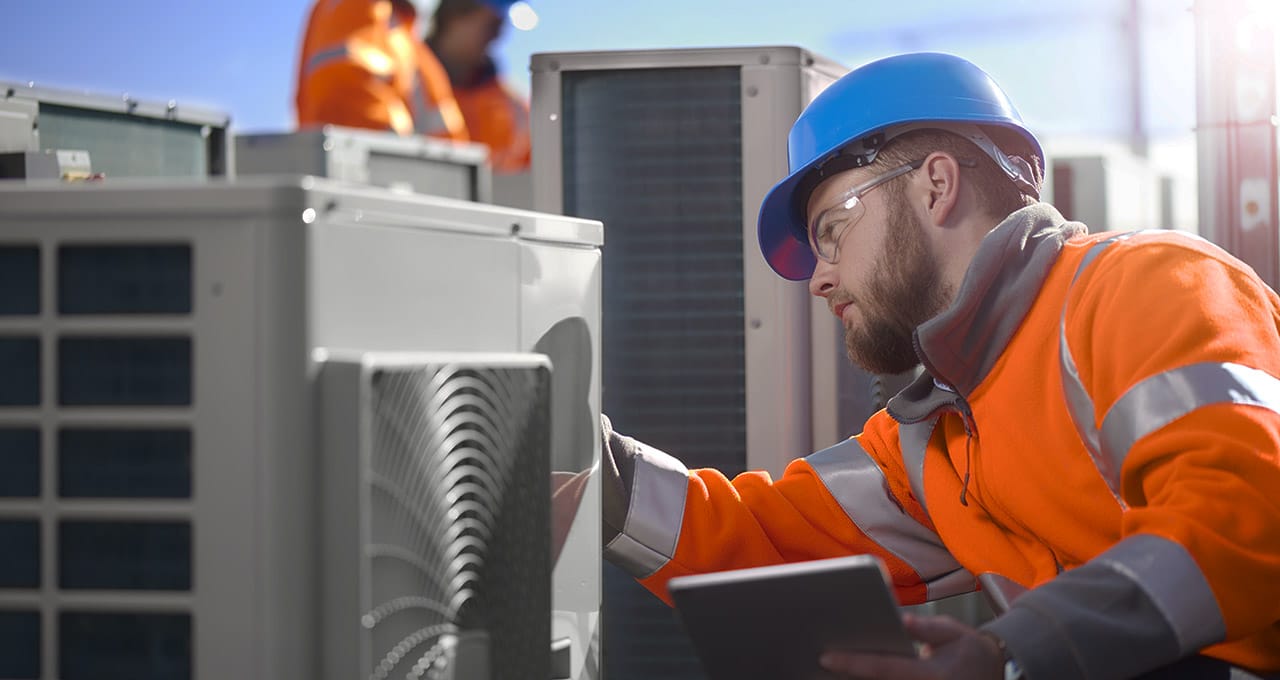Europe sets path towards energy efficient buildings by 2050
Reading time: 3 min
The new European directive on energy performance in buildings requires Member States to develop long-term national strategies and lays down a number of key provisions.

On 17 April 2018 in Strasbourg, the European Parliament approved the directive on the energy performance of buildings. The diagnosis is a familiar one: the building sector is the largest single energy consumer in Europe, absorbing more than 40 % of final energy. Seventy-five percent of buildings in the European Union are energy inefficient, while just 0.4 to 1 % of housing stock is renovated each year. In France, the stock of commercial buildings to be renovated is estimated at 800 million square metres.
Given the urgency of the situation, the new European directive sets out long-term goals, requiring a reduction of emissions by public and private buildings of 80 to 95 % by 2050 compared to 1990 levels. Member States, which have until 10 March 2020 to transpose the directive into national legislation, must define an ad-hoc strategy. This should include a roadmap with indicators to measure the progress achieved by certain milestones: 2030, 2040, and 2050.
What are the foreseeable consequences of this new directive? Pierre Blanchet, innovation building solutions manager at VINCI Energies, believes that: “It is difficult at this stage for the property sector to forecast the specific provisions and adjustments that professionals will need to implement as part of these strategies. It’s all still pretty vague.” “However, the directive is much more precise about a number of points that will inevitably generate demand for players in the sector,” he adds. It requires that new buildings, “where technically and economically feasible,” should be equipped with self-regulating devices for separate regulation of the temperature in each room and that in existing buildings, such devices should be installed when heat generators are replaced. In terms of building management systems (BMS), non-residential buildings with an output for heating or ventilation systems of over 290 kW should be equipped with building automation and control systems by 2025.
Readiness indicators
The directive also calls for the introduction of smart readiness indicators, which would measure a building’s capacity to turn into a services platform so that it can interact both with occupants and the grid. “But it is clearly stated that in this respect things will be done on a voluntary basis,” stresses Blanchet.
The directive encourages us to “adopt a holistic vision of renovation, incorporating indoor air quality, active energy management and electromobility issues”.
As regards electromobility, all new non-residential buildings are required to install at least one electric charging point (including ducting infrastructure) for one in every five parking spaces. The same goes for buildings undergoing major renovation with more than 10 parking spaces.
“The directive encourages us to adopt a holistic vision of renovation, incorporating indoor air quality, active energy management and electromobility issues, which is in keeping with the approach we have always taken,” says Blanchet.




